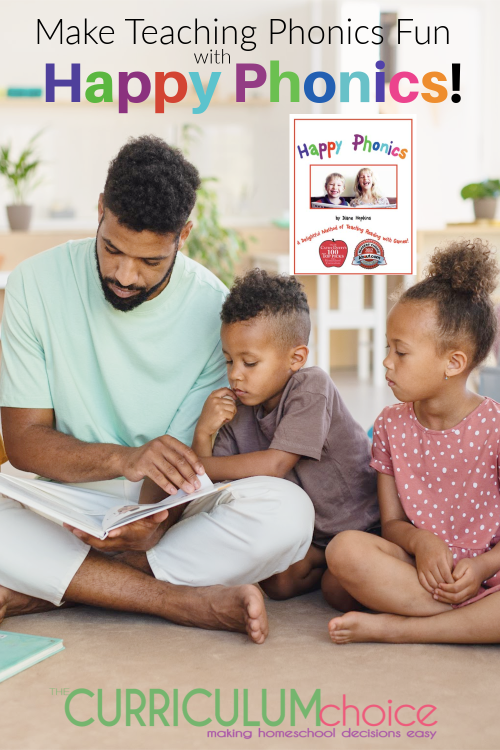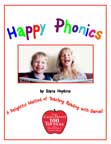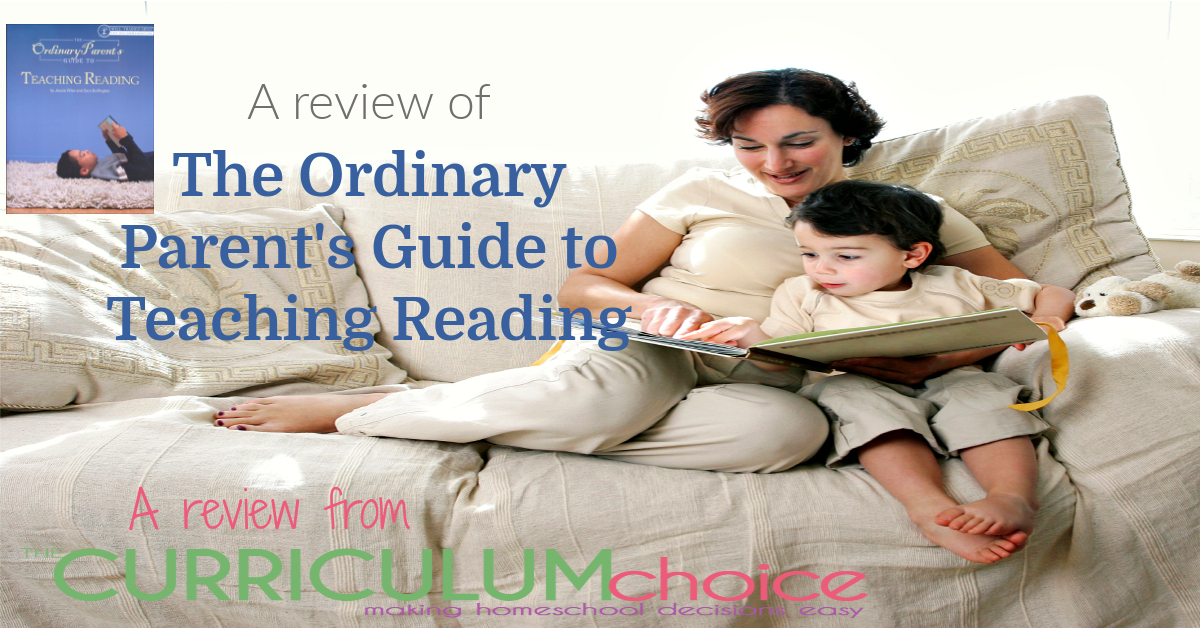I used to think that teaching children to read was easy. Well, I thought that after my oldest learned to read. We used a very simple phonics text, I told him how to blend the letter sounds to make words, he did it, and that was all there was to it. Then it was just a matter of learning a few extra sounds. All this happened BEFORE kindergarten.
Enter second child. Well, maybe it’s not as easy as I thought. She was a little bit tougher. She WANTED to learn but just didn’t seem to get how to blend those sounds together. Until she just got it. She didn’t take off quite as quickly as my oldest had after that, so I got some extra workbooks to reinforce the phonics that she was learning in another simple phonics book.
That must be what people mean when they talk about it being difficult to teach a child to read, or so I thought. Until….
I tried to teach my younger son to read. I was relaxed. I knew from teaching my daughter to read that there seemed to be a time when blending sounds just clicks. My plan was to keep trying until he finally got it. But he wasn’t getting it. This is my wiggly boy. He was not particularly interested in learning to read either. I didn’t want to push, but I couldn’t even get him to look at the page of either of the two phonics texts I used with my older two children. I began to get concerned when he couldn’t consistently read “cat’ at the end of kindergarten. I probably shouldn’t have worried, but I did.

I then began a search for a more “fun” phonics program. I thought maybe he needed all the bells and whistles. But none of the expensive flashy phonics programs seemed like they were worth the price tag to me. I also tend to be drawn to curricula that is more simple. It was in my search for something fun, that I found a program that was both fun and simple without a huge expense. I found Happy Phonics.
What is Happy Phonics?
When you purchase Happy Phonics, you are purchasing a small user guide and a thick stack of games and flash cards printed on brightly colored card stock. The games start with simple letter recognition and letter sounds and progress through advanced phonics. After cutting (and cutting!) out the first few games, I was eager to try them with my son. His response was good. I’m not going to exaggerate and say that he was begging to play the games, but those games were the first things that got him to actually focus on the words.
Blending letters to make words finally clicked with him while playing a game consisting of a little house with a chimney. In the window of the house the last two letters of a word show through. Next to the window a column of beginning letters is advanced up and out the chimney of the house. I could never get him to read through lists of words in word families until I started using that house game.
This program is not magic. In fact, he might have been able to read just as soon using the other programs. But the other programs were torture to him (and me). He finally was able to pay attention when I started using Happy Phonics.
One Year Later…

One year later he can read phonics books! I’m still using Happy Phonics alongside other phonics readers and workbooks. He enjoys the games and is willing to practice his reading for much longer when he’s playing than when he’s reading columns of words in a book. I am so thankful that I found Happy Phonics. It is certainly not the phonics program that I would recommend to everyone, but it has been extremely beneficial for my wiggly son.
More Homeschool Reading Help

The Ordinary Parent’s Guide to Teaching Reading – a phonics program written by Jessie Wise and Sara Buffington. Jessie Wise also co-wrote The Well Trained Mind with her daughter Susan Wise Bauer. I love this program for its simplicity and effectiveness! It doesn’t have any fancy gimmicks or far-out theories that nobody understands. In my opinion, it has an old fashion approach to teaching phonics.
Games for Reading: Playful Ways to Help Your Child Read – contains seventy-six games that cover nearly every skill needed for reading. Although they are aimed at beginning readers, meaning 1st through 3rd graders, these games are valuable for proficient readers too.
Reading Made Easy: A Guide to Teaching Your Child to Read – makes learning to read a delightful part of the school day! It contains one-hundred eight phonics-based lessons which teach letter sounds, word families, blends, digraphs, and sight words.
Funnix Online Reading Program for Homeschoolers – a computer-based learn-to-read program.
~ Originally posted September 2009, written by Kristen, classical homeschool mom of 4.

i want to chat with elementry school as teachers and pupils to see what’s going on